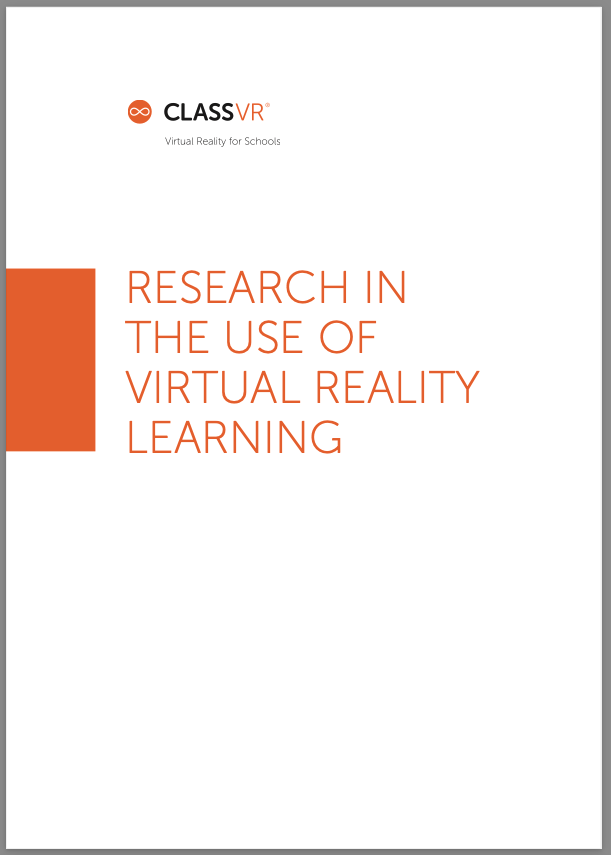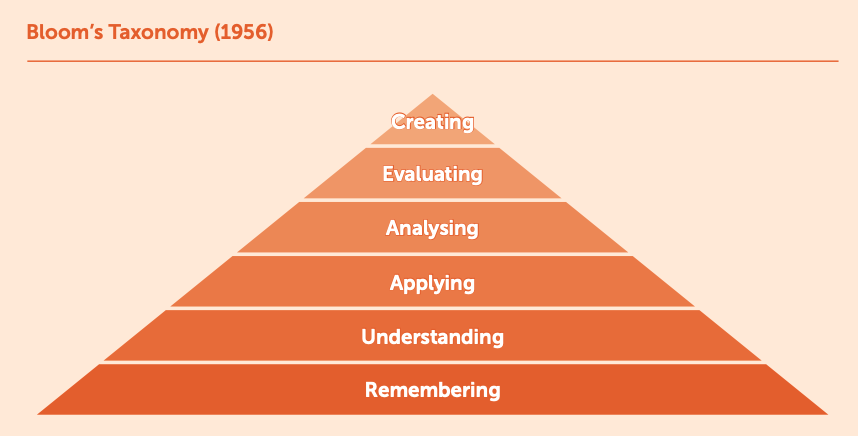This ClassVR report provides a great insight into the advantages of using Virtual Reality in the classroom for enhanced learning.
Studies Virtual reality tools have proven to be more than just novel visual aids for education – they are powerful learning tools. Research shows that retention rates rise when students or trainees use virtual reality to immerse themselves in a lesson or scenario. In Dragani’s (2019) investigations into why virtual learning works, she found that a University of Maryland study showed median recall accuracy rates with VR headsets hit 90 percent compared to 78 percent for learning with desktop computers. She also explains how, in Beijing, students whose lessons were supplemented with VR averaged scores of 93 on a final exam, a 20-percentage point increase from those who relied on traditional classroom learning.

RESEARCH IN THE USE OF VIRTUAL REALITY LEARNING
This document has been written to explore research into the use of virtual & augmented reality within the sphere of learning. It collates research from a range of sources, studies & organisations to substantiate how & why VR learning can be used to enhance and improve outcomes for learners.
Further to this, from Edgar Dale’s cone of learning theory, we know when students experience something – whether a simulation or the real thing – their ability to retain, reproduce and apply this learning is greatly improved. Indeed, if learners are immersed within a context, a situation or given an augmented experience to hold and manipulate, Dale’s theory would suggest that their recall, application and indeed even information creation can be scaffolded and supported, leading to schematic connections being developed easier and with more long-lasting results.

Read More

Classroom VR Ideas with ClassVR
ClassVR is an excellent educational tool for the full classroom educational experience. You can learn more about it on our ClassVR Page. If you are

